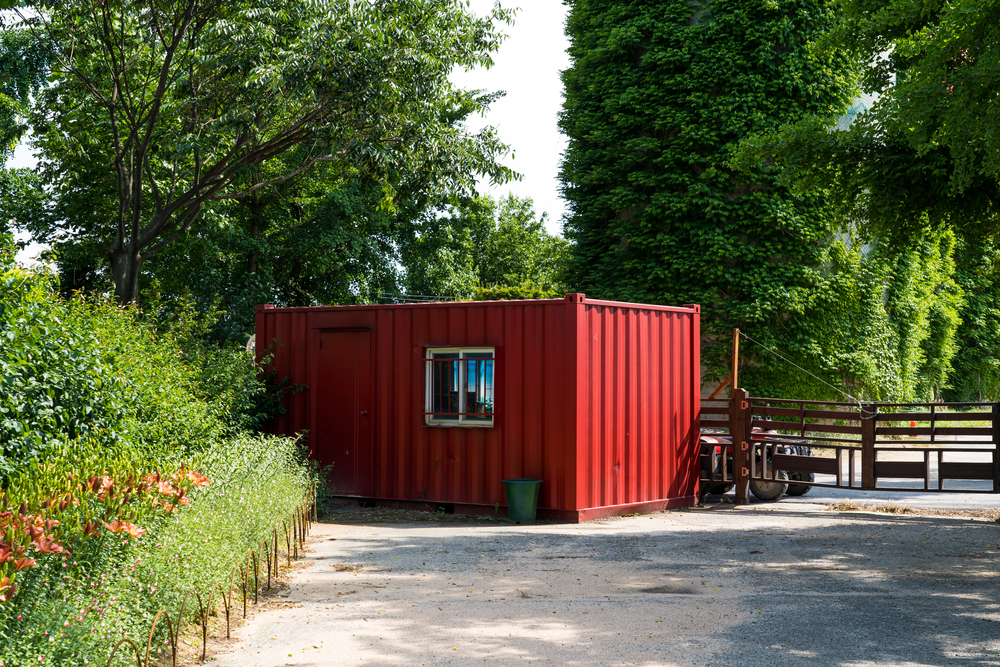Building design will play a big role in the world’s ability to meet the Paris climate agreement’s goal of limiting temperature rise to less than two degrees Celsius.
Worldwide, buildings account for 6% of greenhouse gas emissions. In the U.S., buildings are responsible for a whopping 39% of total CO2 emissions and just as much energy consumption.
Cities with large real estate footprints have been actively pursuing policy to get that figure down. Last year, New York’s real estate sector cut emissions by 8% as part of the “OneNYC” commitment to reduce emissions by 80 percent of 2005 levels by 2050.
But cutting carbon emissions is only the beginning of sustainability in real estate. Better building design should factor in human and social issues too. There needs to be more attention paid to building “net positive equity” real estate, not just net positive energy, water and waste, says Jennifer Hirsch of Georgia Tech.
The university’s Living Building Challenge seeks to “lead and support the transformation toward communities that are socially just, culturally rich and ecologically restorative.” The Challenge, which launched three years ago, is a building certification program that focuses on seven components of the built environment: place, water, energy, health and happiness, materials, equity, and beauty.
The university is partnering with the of Atlanta-based family foundation Kendeda Fund to build a new campus center that meets its own strict standards. Among the “equity” requirements it must meet are avoidance of “red list” chemicals that can potentially harm both the environment and the workers using them; walkability, to promote healthy lifestyles; public access; and charitable contribution.
“You can’t overlook the fact that how you design a building affects not just the health of the people who occupy it, but also the health of the people who manufacture the products in the building or who mine the materials,” argues Kandeda Fund’s Dennis Creech. “You can’t overlook how it affects people’s jobs and their opportunities.”











